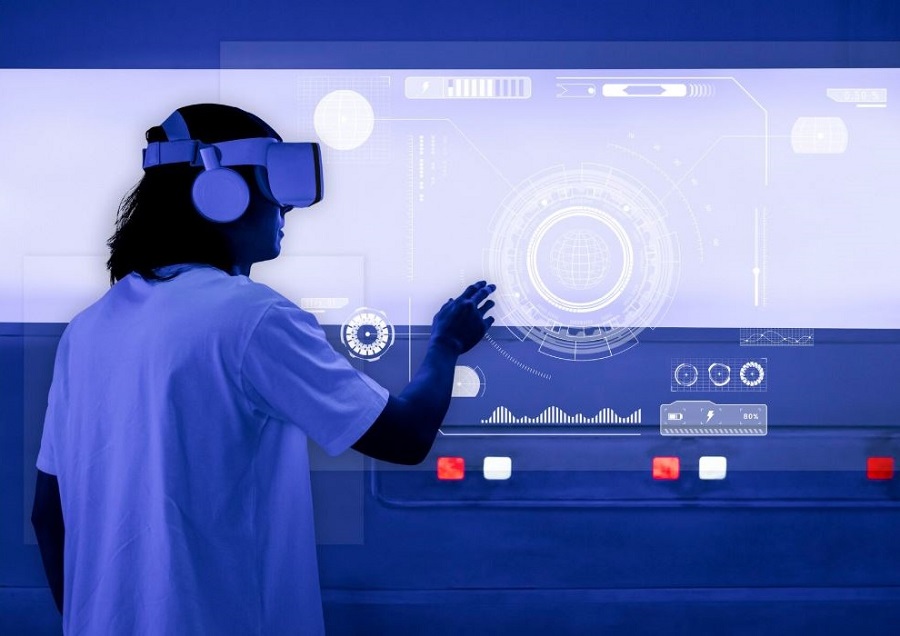According to the Virtual Prototype Market Report 2024, virtual prototyping is expected to grow to $1.83 billion by 2028.
The process creates digital models to simulate the performance and design of a product before producing it. It uses advanced software to create 3D models, which teams can test for functionality, aesthetics and durability.
Traditionally, companies create physical prototypes that work like the real product. Virtual models effectively eliminate this.
Here is how these models accelerate product development.
Accelerates Development Cycles
Virtual prototyping speeds up the product development process significantly by allowing for quick design iterations. Leading software providers like eclat-digital.com also enable designers to have different features tested individually or on several variants of a model. This speeds up tests. Additionally, since there are no physical builds, there are no long wait times for the models to be built.
Enhance Team Collaboration
It is likely that the product development team is not in one place. Traditionally, the company has to wait for certain individuals to come at given stages of the development process. However, with virtual prototyping, teams can collaborate on a project from different parts of the world. It is also possible for a company to enlist a third-party expert to look at the project without having them come to the office.

Drive Innovation and Quality
With virtual prototyping, product development teams can experiment with any design without any risks. This way, any idea can be tested conveniently. Besides, simulations detect flaws early, thereby enhancing product quality earlier on. For instance, automotive firms use virtual crash tests to refine safety features to ensure regulatory compliance before production.
Supports Sustainability Goals
Many organizations are now pursuing waste management goals, cutting resource and energy use in their product development. Virtual prototyping fits right in, as it has low energy use and no materials are required. This way, companies demonstrate their commitment to eco-friendly practices and appeal to environmentally conscious markets.
Overcome Implementation Challenges
A good number of companies have amazing ideas out there but lack resources or skilled physical designers or are unwilling to invest in projects that they are not sure will work. In the long run. Virtual prototyping enables them to test ideas with relatively low investments and a few designers. This helps organizations continue enhancing innovation at low costs.
Ready to accelerate your product development? Consider virtual prototyping. It enhances team collaboration, cuts costs, drives innovation and speeds up the development process.







